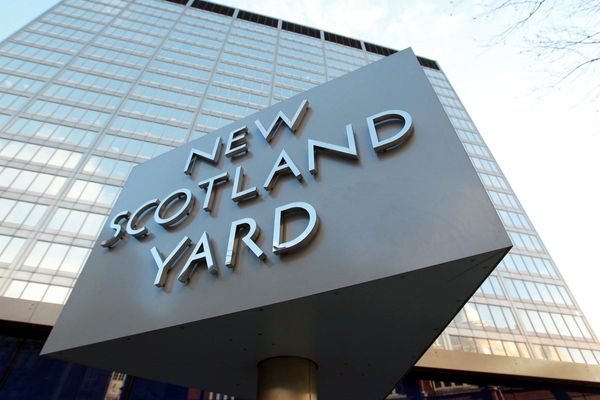
“I thought this would be a quiet job,” says Marie Thomas, smiling ruefully as she swirls the cup of tea in front of her.
“I used to be a TV exec and I thought it was all a bit stressful. Little did I know…” she trails off for a moment.
When you hear her job title, it’s easy to understand why Marie might feel shortchanged – she’s the PR account manager at Salisbury cathedral.
Before 2018, it was probably a lovely gig; busy, sure, but straightforward. Previous press releases involved nesting peregrine falcons and silent discos. But last year pushed the cathedral, and the city of Salisbury itself, to breaking point. Everyone I speak to laments the lack of visitors since two separate poisonings caused by suspected Russian agents took place here in March and June 2018 (like something straight out of a Bond film).
Then, just as the furore was beginning to die down, someone attempted to make off with the cathedral’s copy of the Magna Carta, smashing the priceless document’s case in with a hammer (like something straight out of a Dan Brown novel).
Geoff Cain, owner of local tour company Salisbury, Stonehenge and Sarum Tours, says demand dropped by 60 per cent at the height of the crisis, while footfall to the cathedral was down by around 20 per cent at one point. This despite its 123m spire, famously referenced by the prime suspects in the novichok poisoning case during an interview with RT, in which they claimed to have been visiting Salisbury simply as tourists.
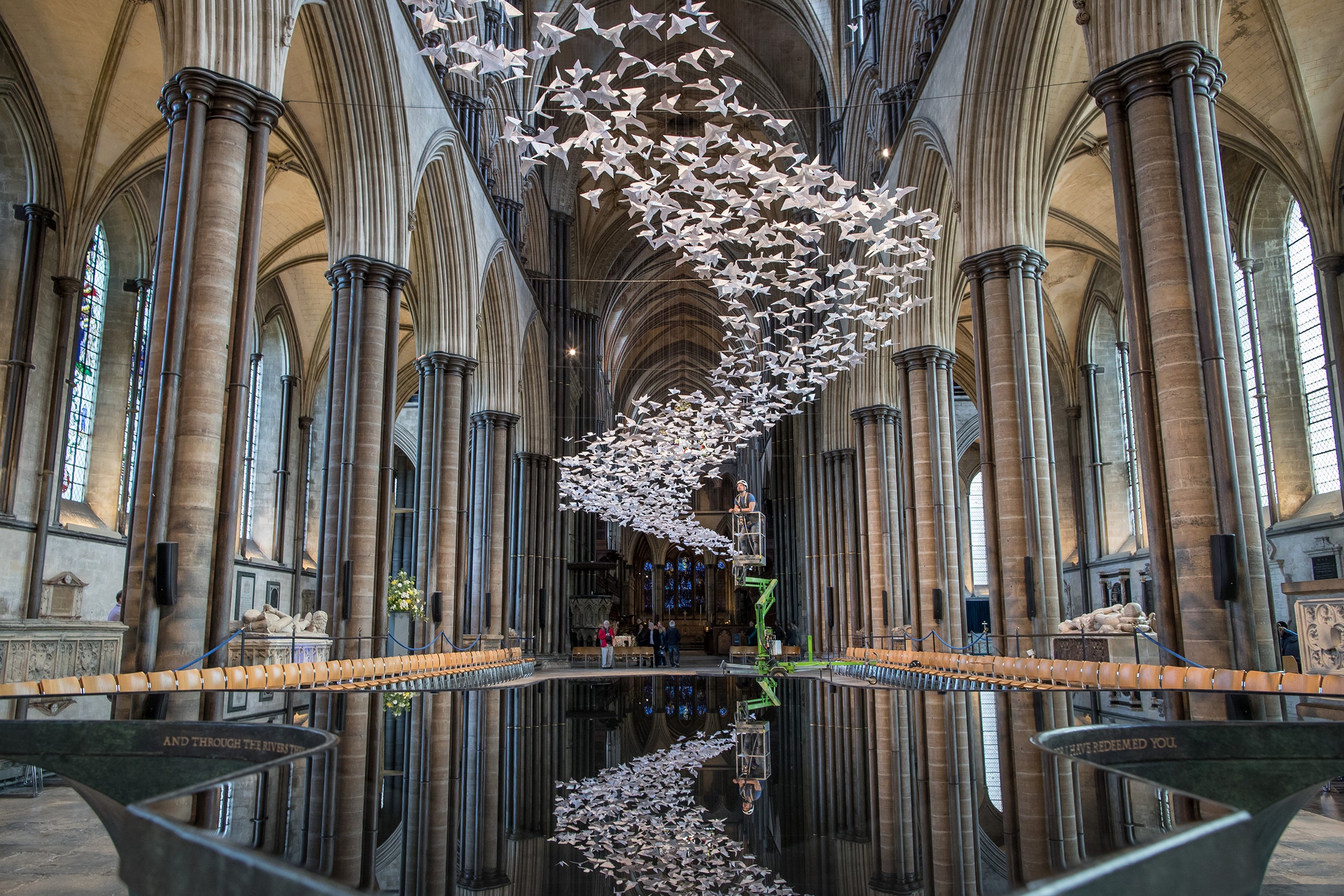
“It’s famous for its clock, the first one ever created in the world, which is still working,” the pair added of the cathedral. “We were just taking in the English gothic [style]. Nobody shows that part.”
The internet went nuts over the bewildering explanation of their visit, but the cathedral is an undeniably beautiful building – as we quickly discover on a tour. Our guide Chris’s passion for the place is infectious. “Humour me, please, and don’t look to your right until I tell you,” he says excitedly, leading us towards the rear of the cathedral.
“Wait for it… Now, turn around!” We’re standing back and centre, the whole of the building laid out in front of us, its majestic arches reaching heavenwards. It’s an awe-inspiring prospect – but not the best one. That’s up a spiral staircase, which Chris climbs with sprightly aplomb.
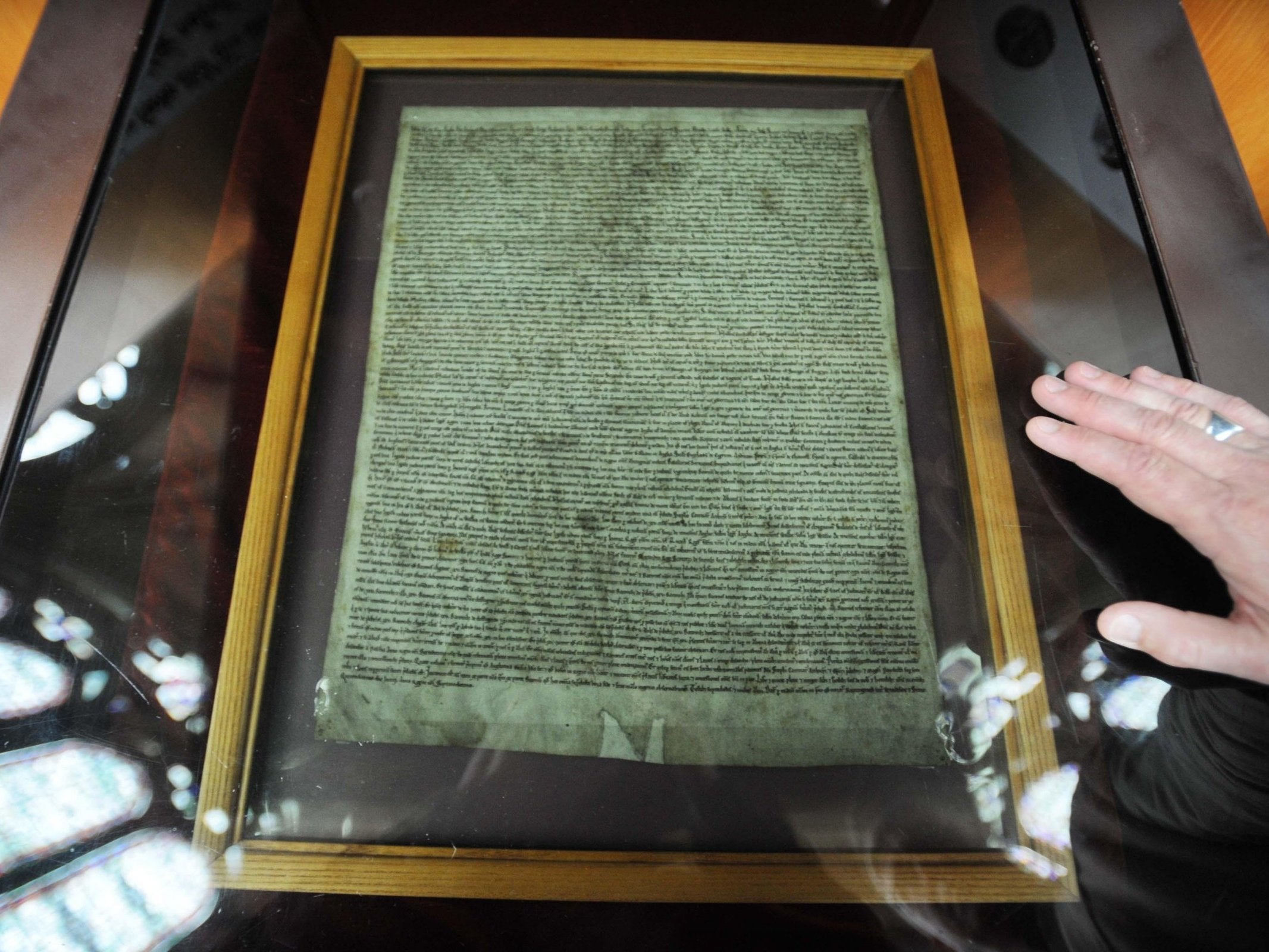
“Look at how beautiful that is,” he sighs from our higher perch. “I just can’t get over it.”
The cathedral has more than 700 volunteers like him, each compelled to share their gifts here for the sheer love of it. Emily the librarian is on the payroll, but she crackles with a similar energy as she shows us some of the rarer books in her collection. The Magna Carta is still off limits after the attempted theft, but she lovingly turns the pages of the cathedral cartulary – a book of important documents that have been copied, much like an early form of backing up – to find a copy of England’s most famous charter. It’s in Latin, of course, and therefore totally indecipherable to me; but still, it feels thrilling to touch the same soft, yellowing pages that were handwritten more than 800 years ago.
The cathedral isn’t the only reason the poisoning suspects gave for visiting this attractive city though. The whole place is dripping with medieval architecture – not that you’d always know it from street level.
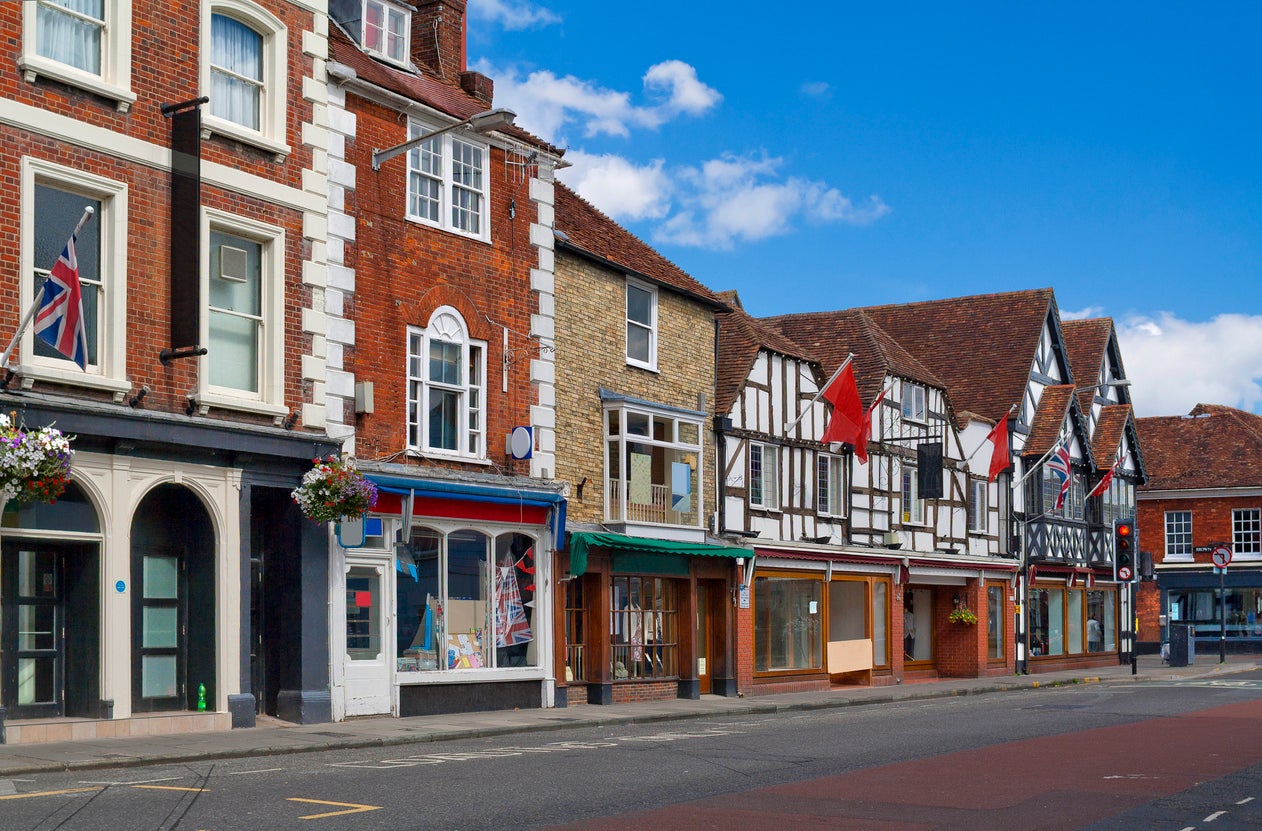
“What’s amazing about Salisbury is that it’s not a museum, it’s a living, breathing city,” Blue Badge guide Sue tells us as we stroll through the quaint city centre, the cobbled streets and market squares. “There are all these incredible 13th and 14th century buildings – but they’re still used as shops.”
She shows us some gems we’d never have guessed were there: outdoor-wear store Cotswold is housed in a hall house dating from 1306 with traditional wattle and daub on display on the first floor; the local Odeon still has its original 14th century beams and stained glass after it was restored by Augustus Pugin, co-builder of the Houses of Parliament, in the 1800s.
Even bed, breakfast and lunch come with a side of history. The previous night was spent in the Red Lion, supposedly “Europe’s oldest purpose-built hotel”, while I hoovered up an excellent fish pie at The Haunch of Venison, probably the city’s oldest hostelry.

But none of it can compete with the area’s most ancient – and most famous – landmark. Just half an hour down the road sits the Neolithic stone circle to end all Neolithic stone circles. And Stonehenge doesn’t seem to be suffering from the novichok effect – far from it. Receiving coachloads of tourists every day, the attraction is celebrating 100 years since it was given over to public ownership. More than 1.5 million visitors flock here every year, resulting in the flip side of the tourism coin: how to welcome people without being overwhelmed? How to cope with demand without endangering the site itself?
The visitor centre, which opened five years ago, has definitely helped, providing a focal point and a space to learn more – but crucially one that is a good distance away from the henge. Here, a permanent exhibition explaining more about how people would have lived at the time the monument was built sits alongside revolving displays, with the current one on the UK’s connection to Europe created in collaboration with the British Museum. The stones are 2km down the road, accessible via a shuttle service included with the admission price, or on foot.
“We try to encourage people to walk,” says Susan Greaney, a senior properties historian with English Heritage. “It helps to get a sense of what England is all about. We want people to stay longer, to really explore the site, rather than just getting a selfie with the stones and leaving.”
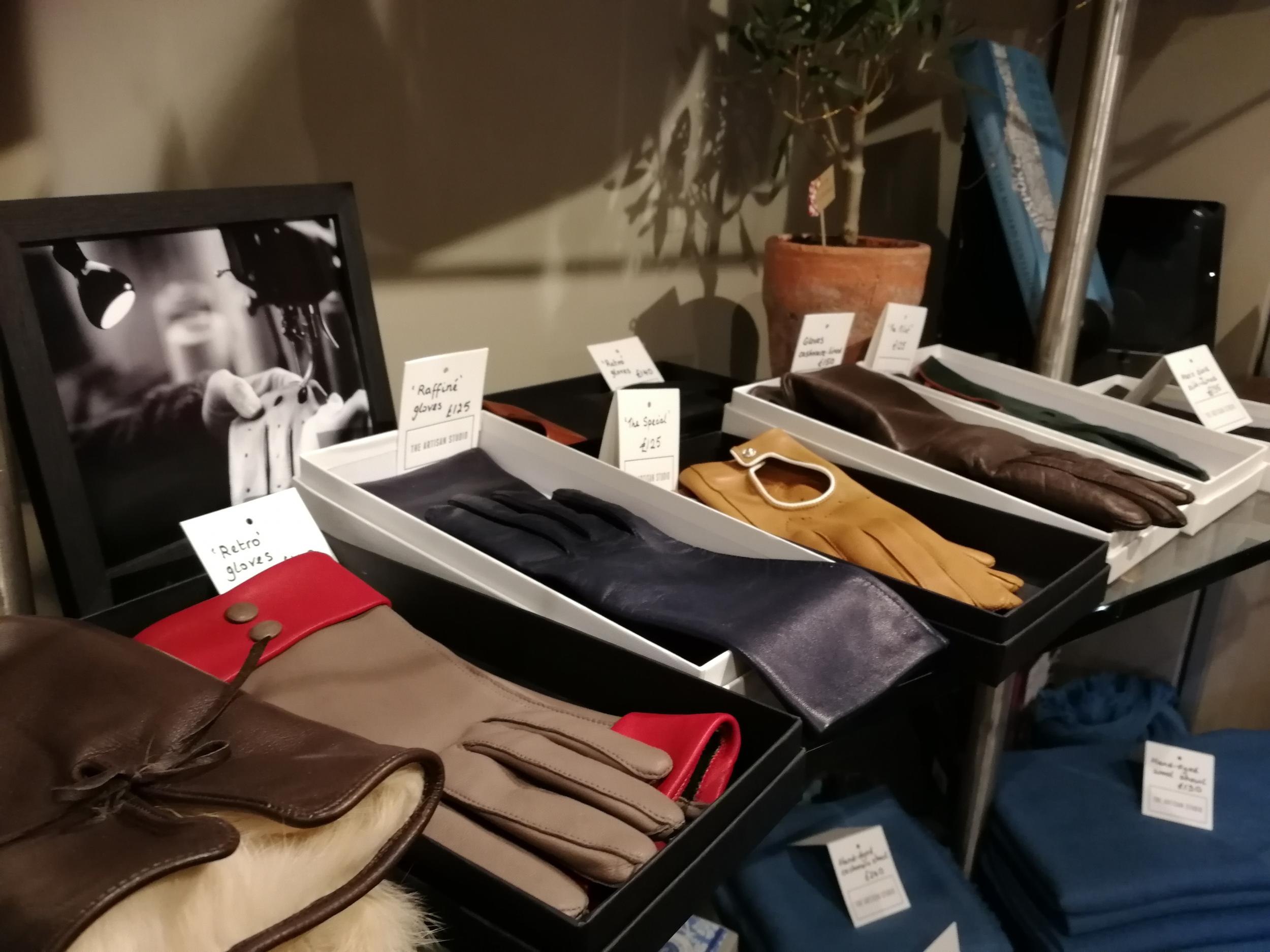
Slow tourism is the name of the game in these parts – Stonehenge already encourages visitors to hang around and find out more at two local museums, Wiltshire Museum in Devizes and Salisbury Museum. The Great West Way, a recently launched touring route running from London to Bristol via Wiltshire, motivates tourists to slacken their pace.
Heading back to Salisbury’s pretty streets for a last spot of shopping at the city’s independent boutiques, including lingering over lust-worthy homewares, artwork and jewellery at the Fisherton Mill gallery, I can only hope that it works.
Because despite the wildly implausible, tragic events of the past year, this is a city worth savouring, enjoying, loitering in. A city with rich history that far outstrips recent events. A city that deserves much more than being relegated to a punchline in a topical joke.
(But do go and see that 123m cathedral spire. You won’t regret it.)
Travel essentials
Doubles at the Red Lion from £85, room only.
Stonehenge admission costs £17.50.
For more information, got to visitwiltshire.co.uk.





